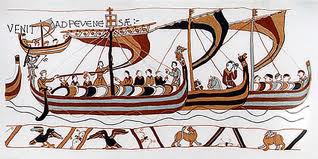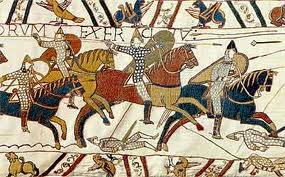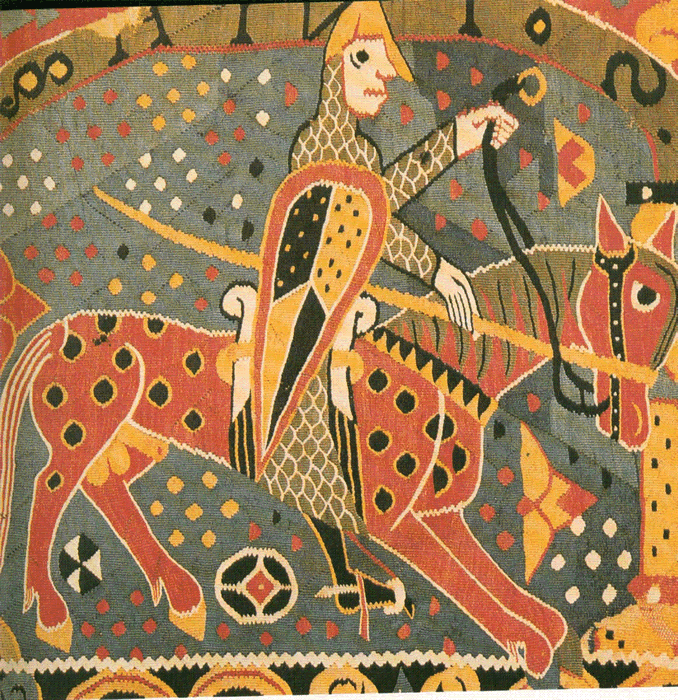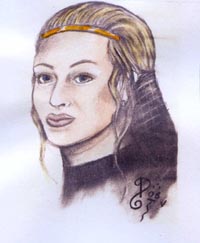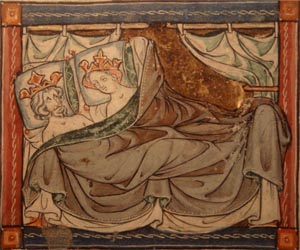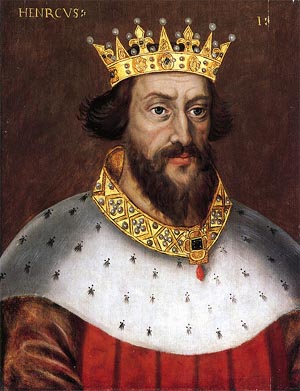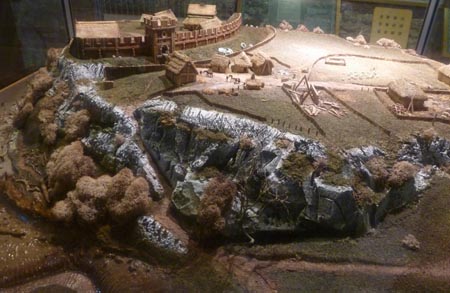
| HOME | ABOUT | PEMBROKE | MONKTON | HISTORY | LANDSCAPE | GALLERIES | PUBLICATIONS | CONTACTS |
Pembroke story history
|
THE NORMAN INVASION AND THE FOUNDING OF PEMBROKE
1093 and all that ....
1066 is the date imprinted in all our memories as the year in which William the Conqueror defeated Harold and established himself as king and tyrant crushing all resistance under the Norman sword. Not so here – William was never to conquer Pembroke. What is now Pembroke was under the control of the Welsh king of Deuheubarth, Rhys ap Tewdwr, who successfully kept the Normans at bay. 1093 not 1066 is the pivotal date in our history when Rhys was killed and a Norman force under Arnulf de Montgomery sailed up the Haven to a fortified camp, which in all probability was there, defeated the local Welsh and according to Gerald de Cambrensis “threw up a slender fortress of stakes and turf”.
THE NORMANS IN PEMBROKE The Conquest of Wales proved difficult. In fact for over 200 years this land we occupy was the scene of civil war and insurrection – not an enviable place in which to live. It was strong enough to withstand a seige by the Welsh in 1094 under the command of Gerald de Windsor. By 1098, the Normans were secure enough to found Monkton Priory. Pembroke was to become a Norman powerbase and the surrounding area of South Pembrokeshire gradually fell under their control.
The Welsh weren’t exactly a pushover. In fact for over 200 years this land we occupy was the scene of civil war and insurrection – not an enviable place in which to live. Don’t let the tales of men in tights and Merrie Englande fool you. The Middle Ages was a time of great barbarity when life was cheap and people were treated horribly - mutilations, eye gouging and castrations if you found yourself on the wrong side and fell into the wrong hands! Henry I When Henry I succeeded to the throne in 1100, Arnulph plotted against him and lost Pembroke. Although intially dismissed, Gerald de Windsor was made Castellan of Pembroke Castle along with the hand in marriage of the Princess Nest, whose father Rhys ap Twdwr had previously ruled the land and whose beauty earned her the name "Helen of Wales". Taken hostage, she became the lover of Henry and bore him 2 children.
Nest - The Helen of Wales These were dark times but into them shines Nest, a figure of romance who remains something of a legend. She was the most beautiful woman of her time but an enigma – we do not actually know a great deal about her other than her liaisons with her many lovers and it is her legacy that makes her historically important, the children resulting from those affairs.
Whatever she was, she must have been a remarkable woman, a woman who used her considerable sex appeal to survive. Imagine if you can a young girl of only 11 years of age taken hostage by the callous Arnulph de Mongomery, her brother mutilated, and then sent to the English Court. A hostage’s life was precarious: age and sex were no protection. But she came to the notice of the womanising Henry Beauclerc, later to become Henry I, and entered into a liaison which was to result in at least one child. One contemporary portrait (above) actually portrays Henry and Nest in bed together!
In time, Henry decided to wed and wisely wed Mabel, daughter of the Saxon royal line. Nest had to go and was married to Gerald, Castellan of Pembroke. So it was that Nest returned to her home land and became first lady of Pembroke. Nest was married to Gerald in 1105. Nest brought with her the site of Carew Castle as a dowry and here they built the first castle on the site which was most probably the family home rather than Pembroke. There were three sons from the marriage and a daughter Angharad, who became the mother of Gerald of Wales Through Nest, Gerald obtained a truce with the Welsh princes which safeguarded Pembroke during the uprising of Gruffyd ap Rhys
Princess Nest's Legacy We don't actually know a great deal about Nest other than her many liasons - it is her offspring that makes her historically important, For from her liasons sprang a dynasty - the Fitzgeralds, the Fitzhenrys and the Carews - who led the campaigns against Ireland. President John Fitzgerald Kennedy is supposed to be descended from her.
Little England Beyond Wales Henry granted Pembroke its first charter bestowing on it special privileges so as to encourage settlers who would in turn provide a ready supply of men to defend this newly won territory. Pembroke grew into one of the earliest towns in Wales and would have consisted of a cluster of cruck houses or clom cottages outside the Castle gates. The castle, still a wooden structure, would have been a refuge in times of trouble - there was always the threat from the Welsh, who were not subdued as easily as the English had been.
About the year 1107 part of the Flemish coast was overwhelmed. The survivors of the disaster emigrated to England where previously considerable numbers had settled through the favours of the Conqueror’s Queen, Matilda of Flanders. Henry transferred them to Wales. It was claimed that England contained so many of these Flemings who had come over in his father’s time, that the country was overburdened with them. These newcomers soon mastered the English language for their own tongue was very similar and they settled in villages to which they gave English names.
And so, in an act of ethnic cleansing, the Welsh were turned off their lands and replaced by this new colony of English and Flemings with Pembroke as its governmental centre. The Welsh language was displaced completely and South Pembrokeshire was dubbed “Little England Beyond Wales”, a name which persists to this day.
Gruffydd ap Rhys and the tragic story of Gwenllian On Henry’s death lakes and reservoirs in mid-Wales burst their banks and this was regarded as a sign of the coming rising of the Welsh. The Flemings sold their lands and cattle so as to save what they could from the dreaded flood of invasion.
Son of Rhys ap Tewdwr and Prince, by right, over Deheubarth, Gruffydd ap Rhys spent his youth in exile in Ireland having escaped the clutches of Arnulf. He was to marry Gwenllian. If Nest was the Helen of Wales then Gwenllian, her sister in law was its Boudica, valiantly leading her army against the Norman foe at Kidwelly. She was defeated and executed on the field of battle, a field which to this day bears her name “Maes Gwenllian”.
Rhys went on to score a great triumph over the Normans in 1136, defeating them in Cardigan. Apparently the whole foreign population had gathered in Cardigan for safety but the town was set on fire and in the frenzied escape across the river, the bridge broke, and the river was so choked with the carcasses of men and horses that one could pass over dry footed. The Norman power in South Wales was for the time utterly broken. Only Pembroke held firm.
Creation of the Earldom This new Norman colony was frequently under attack from the Welsh who did not relinquish their land easily. This led King Stephen to create the Earldom of Pembroke in 1138 to secure control of Pembroke. The first Earl, Gilbert de Clare was granted palatinate powers “Neither had the king of England, as king only, anything to deal or meddle within the said county, but the Earls were free and absolute princes within themselves
|
Through the Ages
 |
| Beginnings |
| Iron and Rome |
 |
| Dark Ages |
 |
| Normans |
 |
| Earldom of Pembroke |
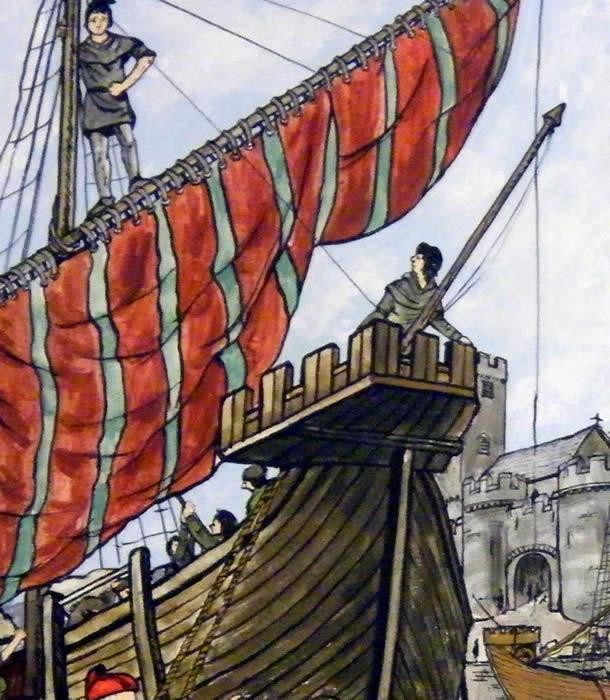 |
| Medieval Pembroke |
 |
| Wars of the Roses |
 |
| Tudor |
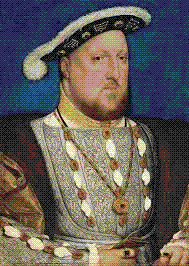 |
| Religious and political change |
 |
| Stuart & Civil War |
 |
| 18th Century |
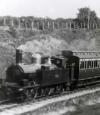 |
| 19th Century |
 |
| Modern Times |
